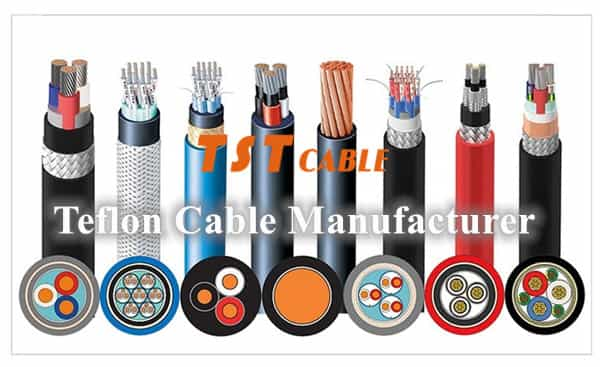Armored cable and non-armored cable are two common types of cables, cables have many specifications, there are also different models, one of which is a cable with armor, there is another is not with armor, that is, ordinary cable, what is the difference between the two types of cables?

First, armored cable:
Armored cable is a cable with an extra layer of protection, usually by a braided metal wire or metal tape cladding. This metallic protective layer is designed to provide the cable with a higher level of physical and electromagnetic protection for special environmental or application requirements. The following are the main features of armored cables:
- Physical Protection: Armored cables have a metallic outer layer, this outer layer provides additional physical protection that allows the cable to withstand mechanical damage, pulling and stress.
- Electromagnetic shielding: The metal outer layer of armored cables can also be used as electromagnetic shielding to reduce the impact of electromagnetic interference and ensure the quality of data transmission.
- Uses: Armored cables are commonly used in environments that require extra protection, such as industrial applications, underground cables, underground railways and submarine communications.
- Durability: Due to its metallic outer layer, armored cables are usually more durable and can be used in harsh conditions for long periods of time.
II.Non-armored cables:
Non-armored cables are standard cables that usually consist of insulation, conductors and an outer jacket, but are not protected by a metallic outer layer. Characteristics are:
- Flexibility: Due to the absence of a metallic outer layer, non-armored cables are usually more flexible and suitable for applications that require bending or flexing.
- Cost Effective: Unarmored cables are usually cheaper than armored cables and are suitable for general purpose applications.
- Usage: Unarmored cables are suitable for general residential, commercial buildings, data centers and other environments where no additional physical or electromagnetic protection is required.
- Ease of Installation: Due to its flexibility and smaller size, non-armored cable is usually easier to install.
How to choose armored cable?When choosing between armored and non-armored cables, the following factors need to be considered:
- Application requirements: The first thing to consider is what environment and use the cable will be used for. If additional physical or electromagnetic protection is required, armored cables can be selected.
- Cost budget: Armored cables are usually more expensive.
- Cable Diameter and Flexibility: Consider the diameter and bending properties of the cable to ensure that it meets the specific needs of the installation.
- Electromagnetic interference: If the application needs to reduce the impact of electromagnetic interference, armored cable is better.
Application Scenarios:
Armored cable: Because of its good mechanical protection properties and shielding effect, it is usually used in more severe environmental conditions, high mechanical stress or the need for electromagnetic shielding occasions, such as underground direct burial, tunnels, bridges and so on.
Non-armored cable: suitable for relatively good environmental conditions, less mechanical stress occasions, such as indoor wiring, electrical control cabinets, internal wiring.
TST CABLE armored cable, not only has superb mechanical protection performance, but also can effectively shield electromagnetic interference, so that power transmission is more pure and efficient. No matter what kind of specification and length you need, we can make it for you to meet your personalized customization needs.
Also available in:
English




